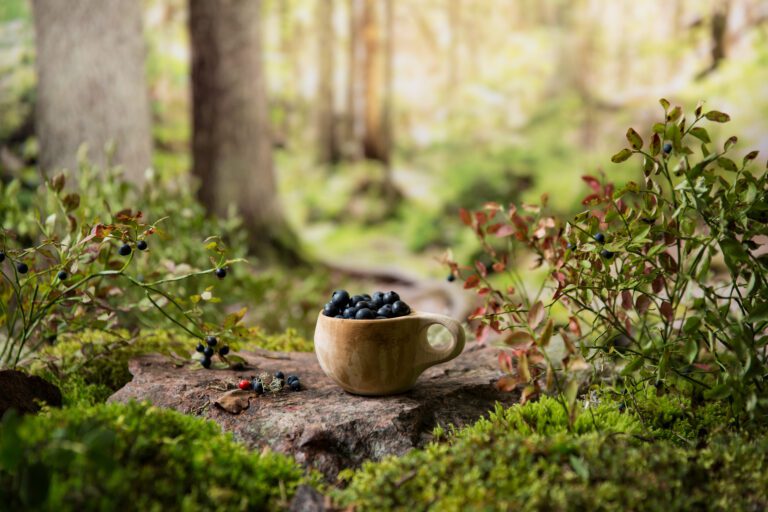
GROW YOUR OWN DURABLE, FOOD-PRODUCING ECOSYSTEM.
On Tuesday, October 1, nearly 50,000 members of the International Longshoremen’s Association (ILA) went on strike against the nation’s East and Gulf Coast ports. This strike will stop any food imported into the U.S. through these ports—including fruit and beef shipped from South America. The union action will also cut off the flow of machinery and parts needed to keep factories in America operating. Depending on how long it lasts, it could cause job losses in industries reliant on imported parts, among other things. The strike could also cause job losses for industries that export goods.
For you, it is too late to establish a food forest to shield you from this potential economic tsunami. But, this may be a good time for you to take the time to consider whether you want to be vulnerable to the whims of others’ economic decisions, or whether you should begin growing your own food forest.
Simply put, a food forest is a type of garden in which many different fruits, vegetables, herbs, nuts, and roots grow. It is designed to have different plant layers including ground cover, shrubs, vines, and trees. The idea is to mimic a natural forest that develops a balanced self-sustaining ecosystem of plants that support each other’s growth, and provides healthy food. When this is done correctly, barring vegetative disaster, your food forest will last indefinitely.
What this naturally sustainable end goal looks like is sometimes called a forest guild. For example, a forest guild for peach trees could incorporate these plants:
• Peach trees
• Siberian pea shrubs (adds nitrogen to soil which is essential for soil fertility and the growth of plants)
• Sunflowers (attracts beneficial insects)
• Cabbage (an annual vegetable that offers a quick-yielding crop)
• Clover (adds nitrogen to soil and smothers weeds)
• Comfrey (a plant that has deep roots to draw nutrients from soil into its leaves in a way that adds fertility and smothers weeds)
• Calendula (attracts beneficial insects)
“As both agriculture practices and the price of produce get more and more unsustainably bloated, a backyard food forest system can easily be a cheap, healthy, regenerative solution, and additionally a wonderful de-stressor to help cope with everyday life,” Mitchell Griner, an expert in building food forests said. “There’s hardly a reason to neglect transitioning into it, save for lack of knowledge!”
Below are basic steps to begin a food forest:
• Figure out the food-producing plants that will grow in your area. If you aren’t a farmer or a gardener, ask experienced people what these plants are, and what accompanying plants are needed to keep the food producing plants healthy.
• If you have a homeowner’s association or local regulations, check those to confirm you are permitted to grow these plants, and determine any planting location restrictions. For example, many homeowners associations will not permit gardens in the front yard of a house.
• Pick the best location you can that will provide the right amount of sunlight your plants will need. The amount of land also needs to be large enough for the plants to grow.
• Remove plants that will not contribute to your food forest. One way you can do this is to use a rototiller to turn the plants under to a deep enough level that they won’t sprout again.
• If needed, add rich organic soil and organic mulch to your growing area.
• When planting, start during the rainy season.
• Figure where you want to plant your largest food producing species, giving them room for full growth.
• Start by planting the support species to cure and enrich the soil.
• When the soil is ready, clear the support species to a low enough level that you can plant your food producing species, and they will get the sunlight they need. Then fill in with the smaller shrubs and plants. It’s important to space your plants correctly, so they have room to grow.
To support your food forest initiative, there are books and also Youtube videos you can learn from by Geoff Lawton, David the Good, and Fruitful Trees. If you want to consult with and buy plants to grow a food forest, or have a black thumb, you can hire someone like Griner to develop your food forest. He owns a plant nursery in Auburndale. His email is mitchellagriner@gmail.com.
